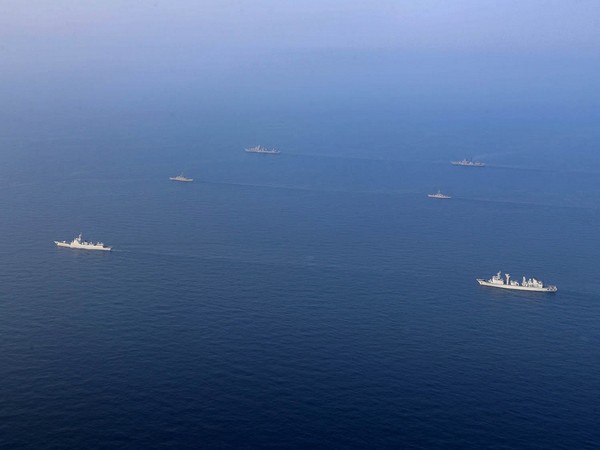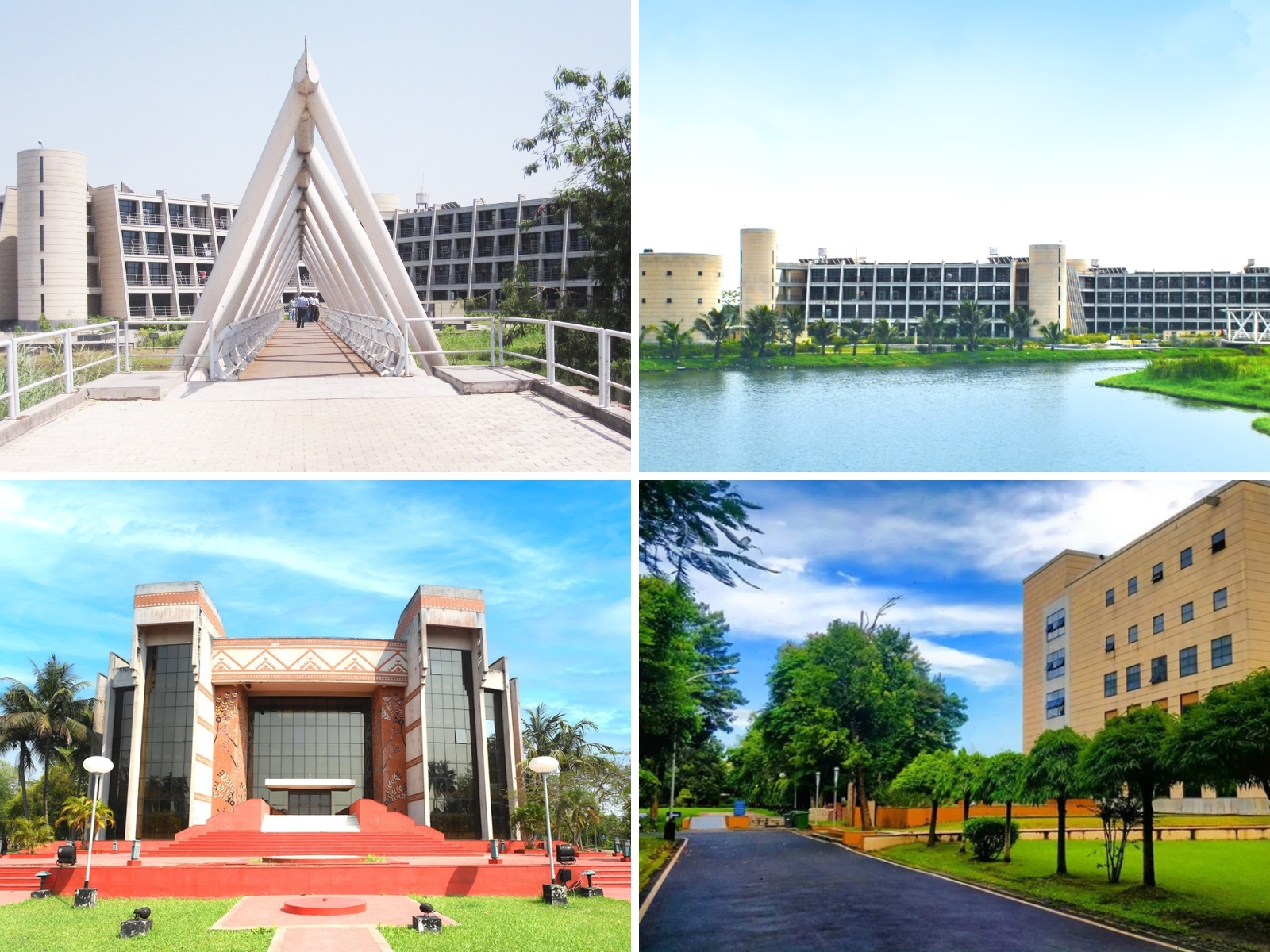South China Sea amid new series of tense undercurrents
May 04, 2025

Beijing [China], May 4: While the world is focusing on trade issues and conflicts in Ukraine and the Middle East, the situation in the East Sea has many tense developments.
In the second half of April, China
More moves in the East Sea
Specifically, on April 25, the South China Morning Post reported that Chinese media had just published images of the Chinese Coast Guard (CCG) landing on Huai'an Reef in the Spratly Islands. The photo shows CCG members raising the Chinese flag there. The Global Times reported : "In mid-April this year, the CCG exercised its sovereign jurisdiction by conducting maritime control activities at Huai'an Reef in the East Sea." Then, on April 28, the Philippines
Regarding the situation in the East Sea, on April 23, China dispatched the Shandong aircraft carrier strike group to this sea area. Recently, tensions between China and the Philippines have been continuously occurring in the East Sea. Recently, on April 20, the Chinese Southern Theater Command accused the Philippine Navy patrol ship BRP Apolinario Mabini (PS-36) of "illegally entering Chinese waters" when it was present around Scarborough Shoal. Afterwards, the Chinese navy mobilized forces to expel the Philippine Navy ship from the above waters.
US and Philippines strengthen coordination
Meanwhile, the US and the Philippines are holding the Balikatan 2025 exercise from April 21 to May 9. Some of the exercises are also taking place in the South China Sea. Some weapons such as the NMESIS Anti-Ship Missile System and the M142 High Mobility Artillery Rocket Systems (HIMARS) are also present in the exercise.
With a range of 185 km, high accuracy and the ability to fly low to avoid radar, NMESIS is considered to have strong combat capabilities in coastal defense and attacking warships. Meanwhile, HIMARS can be useful in many cases, especially anti-landing attacks or targeting targets on land, typically fortifications, forces stationed on islands, reefs, etc.
Responding to Thanh Nien , Dr. Satoru Nagao (Hudson Institute, USA) commented that the above exercise shows that the US and the Philippines are strengthening their coordination capacity.
"The above effort is to deal with Beijing, because the Philippines alone is not enough to prevent or respond to military pressure from China. But if the US provides enough support, the Philippines can strengthen its prevention capacity," Dr. Nagao commented and pointed out: "Recently, the Philippines and some parties in the region have decided to buy F-16 fighters from the US, which will contribute to strengthening military capacity. The US has also deployed Typhon missile launch systems to the Philippines. At the same time, Manila has ordered BrahMos cruise missiles and promoted submarine equipment."
Besides, Dr. Nagao believes that the three-way cooperation between the US - Japan - Philippines will be an important factor to prevent mainland China's military action against Taiwan.
In early April, CNN cited an announcement from the US Defense Security Cooperation Agency (DSCA) saying that the US had approved a plan to sell 20 F-16 fighter jets to the Philippines. The total order is worth up to 5.58 billion USD, including F-16 related components.
In recent times, Washington has stepped up military support for Manila. Notably, the US has deployed Typhon missile systems to the Philippines since last year. Typhon missile systems are considered to be aimed at countering the anti-access/area denial (A2/AD) strategy that China is developing in the Pacific - which limits the US military potential in the region.
Source: Thanh Nien Newspaper







